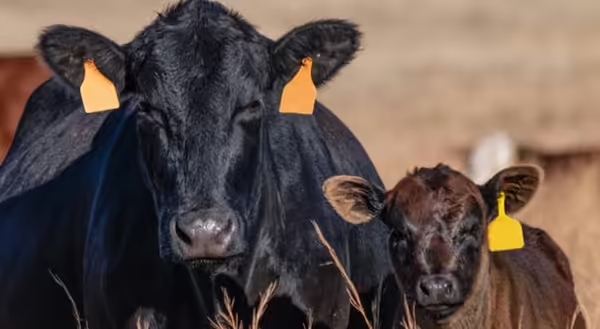
For fall calving herds, breeding season is upon us. Successful reproduction is the forefront of a cow/calf operation and heavily impacts an operations profitability. Investing time and resources into ensuring breeding season success will prove to be profitable.
Fall calving operations share similar general breeding practices as spring herds.
General breeding tips
- Maintain cows in a body condition score of 5 or 6.
- Avoid negative planes of nutrition. Cows who are losing weight at the time of breeding generally do not breed well.
- Conduct bull soundness exams prior to breeding season to ensure bull productivity
- Invest in a good mineral program.
- Use low-stress animal handling. Avoid transportation of cows 4 to 45 days post-breeding.
- Consider synchronization and timed-AI to front-load the calving season
However, nutrition and environmental differences between spring and fall calving herds are important to understand and manage for. As winter approaches, grazing opportunities decrease and producers are switching feeding strategies. Test forages to better plan for supplementation and consult with a nutritionist to develop a feeding plan.
Environment is an uncontrollable factor; however, it is manageable. Frozen, icy ground can make breeding more difficult and dangerous for both the cow and the bull. Keep cows on solid ground, away from rough terrain. If housing cows indoors, keep stocking rates low to allow expression of estrus behavior without potential injury.
Bulls also need to be monitored. Low temperatures can cause scrotal frostbite which can decrease semen quality. Keep housing areas bedded to reduce the risk of frostbite.
If artificially inseminating, keep in mind the temperature differences. If thawed semen is left unattended, there is potential for temperature changes that could result in damage.
Recap of fall-specific breeding tips
- Test forages and plan for supplementation needs
- Keep cows on solid terrain away from excessively uneven areas
- Keep stocking rates low indoor to allow estrus expression
- Monitor scrotal frostbite on bulls
- Provide plenty of quality bedding
- Maintain proper semen temperatures during thawing and handling